I know about Buddhism as much as any normal person who has not studied the history of religions… So I go full of enthusiasm towards two of the most important monasteries in Tibet, Drepung and Sera, willing to find out more! On the way there, I ask the guide if he has seen the movie “Seven Years in Tibet”. He had, years ago, while he was a bit on the run in Nepal… There he got the chance. The movie is forbidden in Tibet!
And speaking about forbidden things: when the season ends, in October or November, all the guides have some sort of compulsory courses where they are told what they are allowed to say and what not during the next touristic season. Hoping this is a more open season, I start asking many questions about the places we are about to visit.
SERA MONASTERY
AS IF LHASA WAS NOT HIGH ENOUGH…
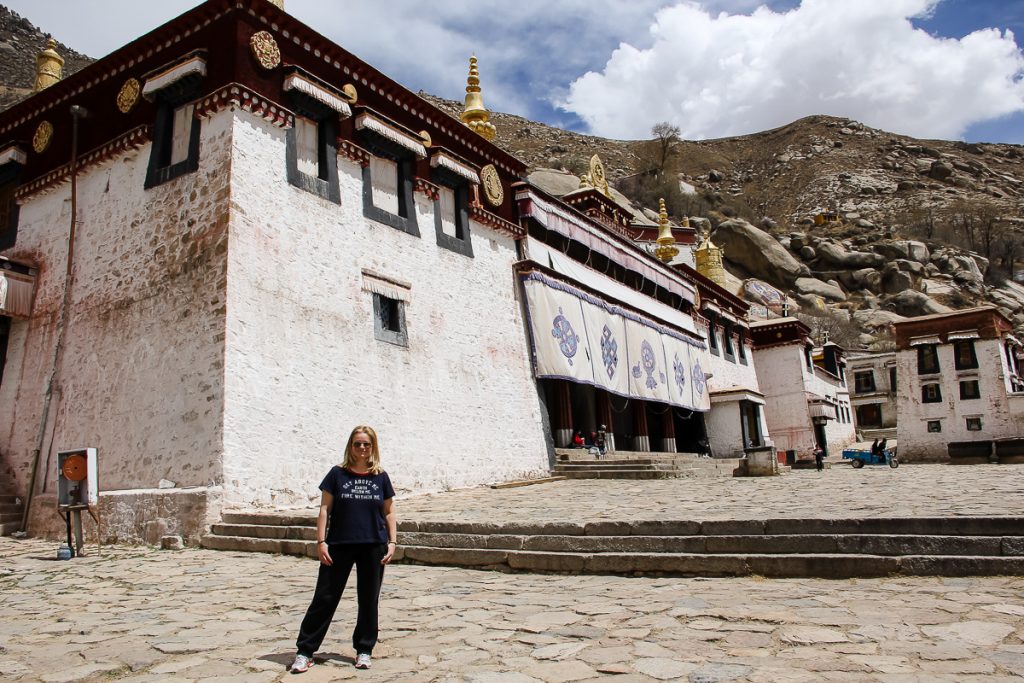
After a few minutes in a car, going up (Up again??? God, I am in panic!), I get to the Sera Monastery. We are at 3,700 meters altitude. Thank God I am so busy taking pictures and asking about things, that I forget about the lack of oxygen…
The first info I get here is that they study esoteric tantra, too.
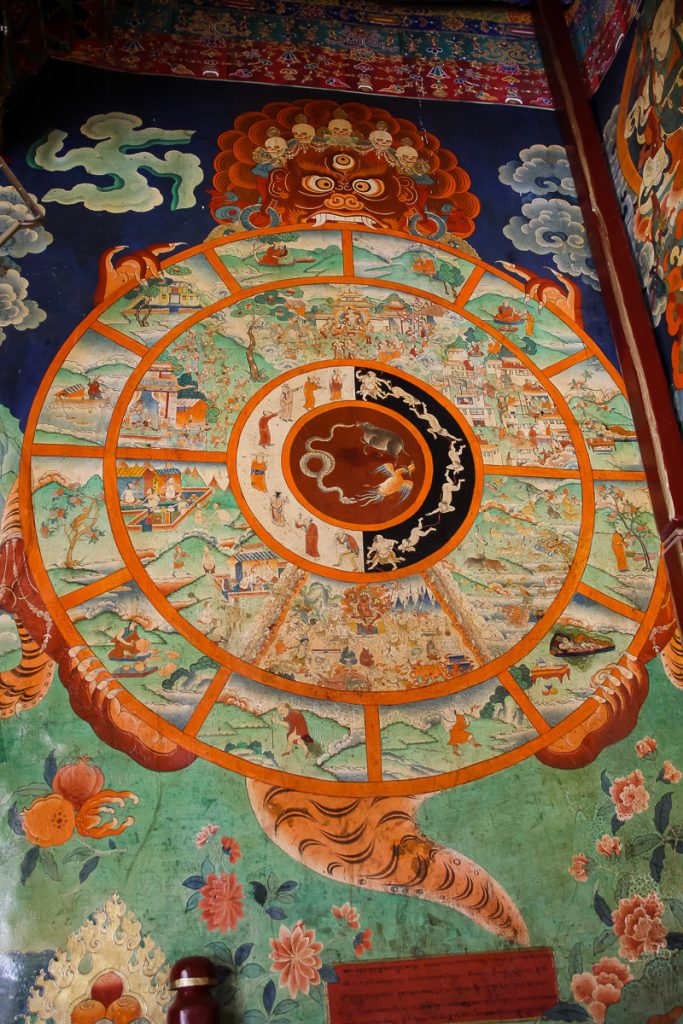
Big, on an entire wall, I see the Wheel of Life that can be seen in any Tibet temples. It is the one that shows the cycle of suffering and rebirth. The wheel is held by the mouth of the lord of death, who oversees this circuit. In the centre of the wheel, there is an image of three animals: the pig, the snake and the bird. The three “evils” in us, as the guide tells me. The snake symbolizes the fury, the pig – ignorance and the bird – jealousy.
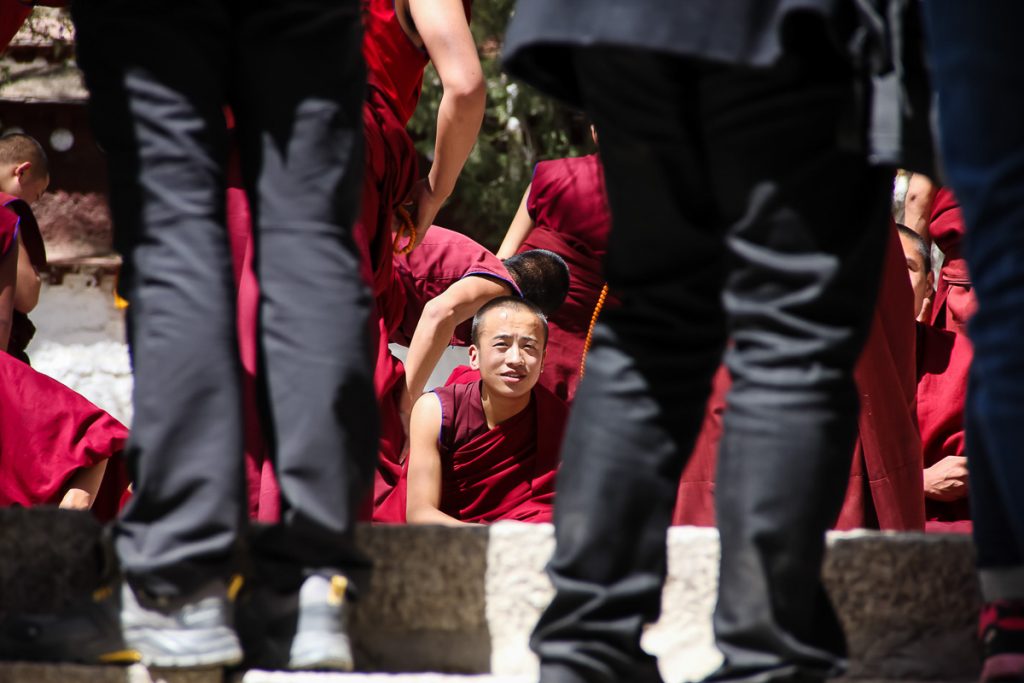
On the other side of the multiple tourists’ and local families’ legs, at 3 PM sharp, some kind of a show begins, one that I have heard about, but which I cannot imagine.
The yard I entered is full of monks, divided into small groups. We, the public, are kept around, on the margins. We are not allowed to use the cameras to film or take photos. Only the phones are allowed. So, I take out mine and… I wait.
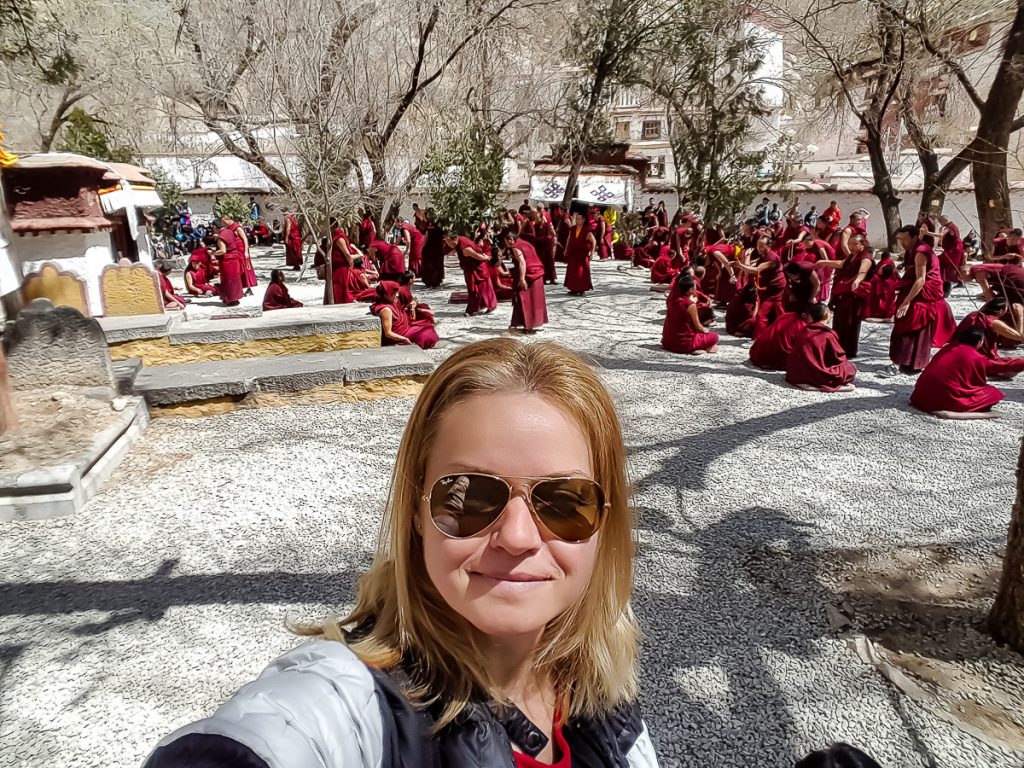
I find out we are in the Debate Yard. The monks came here for courses and they open the debate session. They gather in pairs, one sitting and one standing, facing each other and… the show begins. My eyes almost pop out with excitement, as I try to see and understand it all…
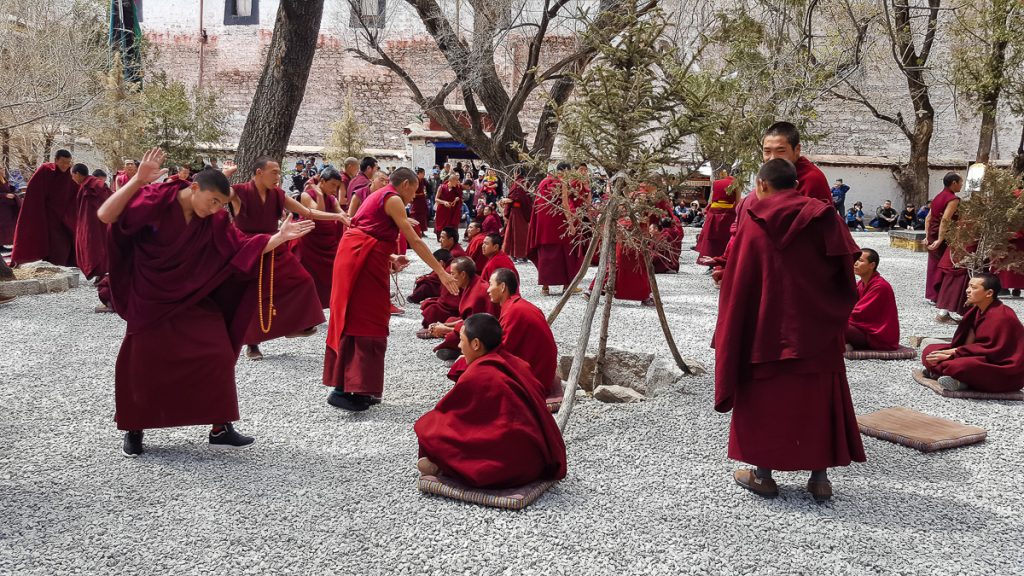
Let me explain: the one standing brings a subject for discussion. The one sitting tries to give an answer, to explain to him and then the debate starts, the two discuss. The one standing has some sort of a ritual, a “dance” as you’ll see in the video. He puts a leg forward, he claps his hands and moves the rosaries in a certain way. This is the “rhythm” of the discussion and this way he keeps the attention of the one sitting.
You won’t understand a word, however how can you not be fascinated? The clapping gives the “music” of the entire show.
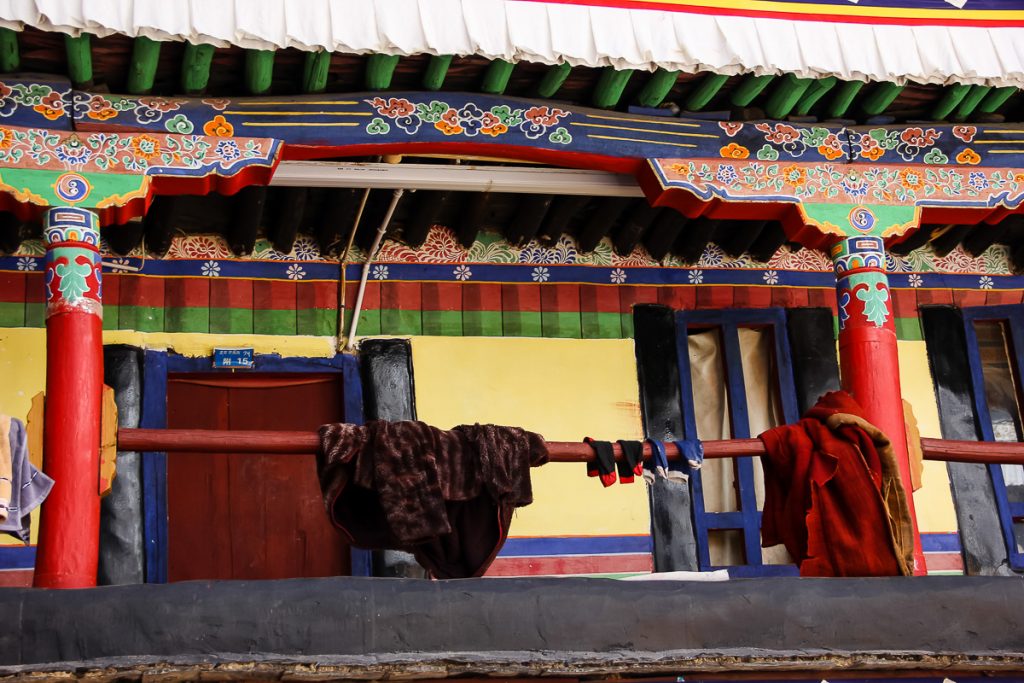
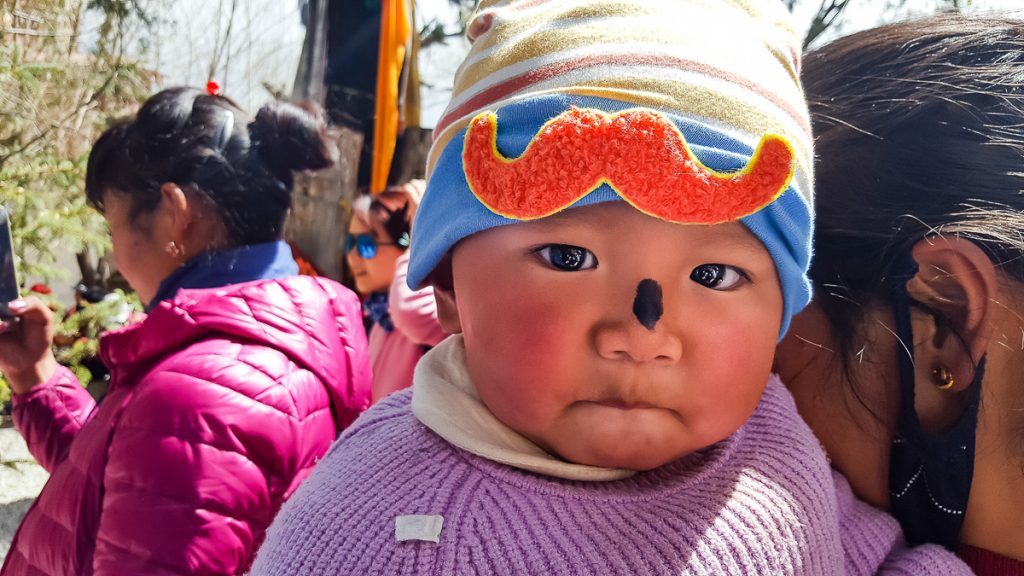
As soon as I entered the Sera monastery, I saw tens of children with a such a sign on the nose. I remembered the first interdictions I read when I came to Tibet: so I am not allowed to caress the heads of the children… I realize that his mother doesn’t understand English at all, so I ask the guide what’s with the mark on the children’s noses.
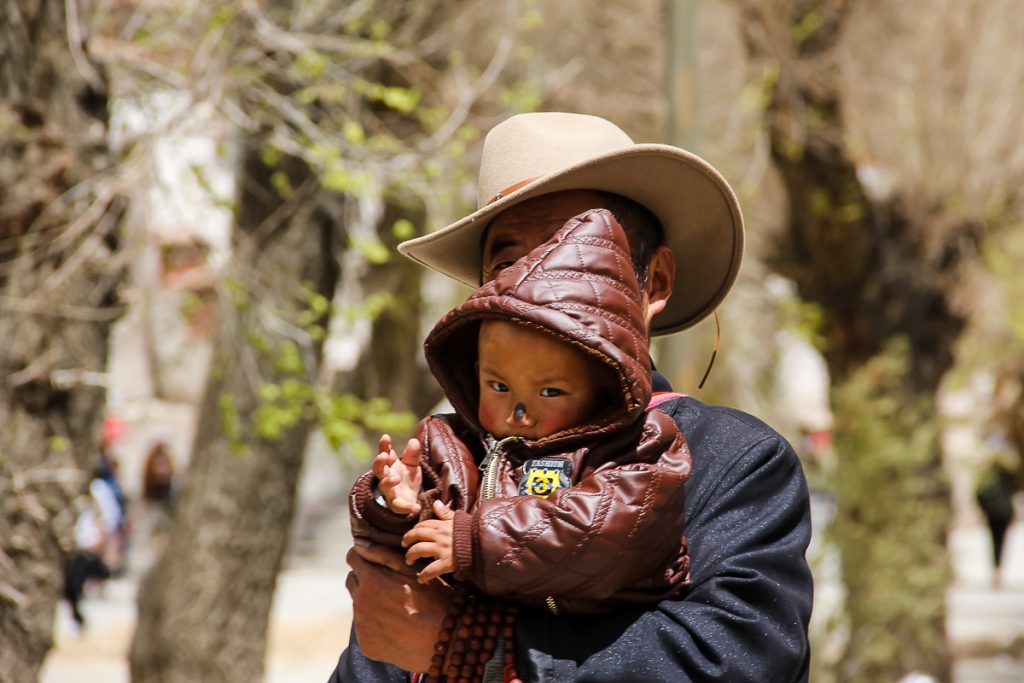
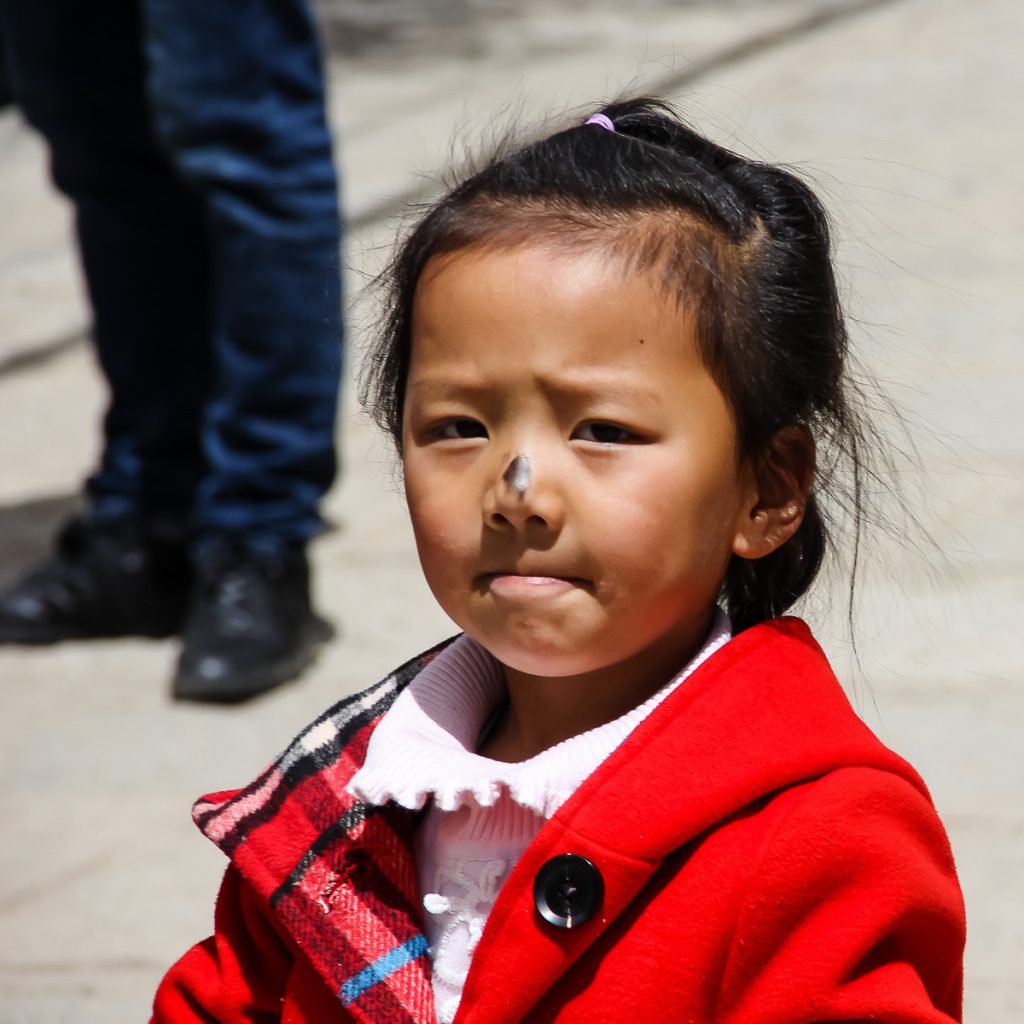
In the temple inside the monastery, there is a painting of a horse headed god. The parents come here with their children and stand in very long lines to get inside and receive the blessing from the protector. The children who have nightmares are brought here, for example.
The black sign on the nose is this blessing and it comes from the smoke of the butter lamps that are in front of the god.
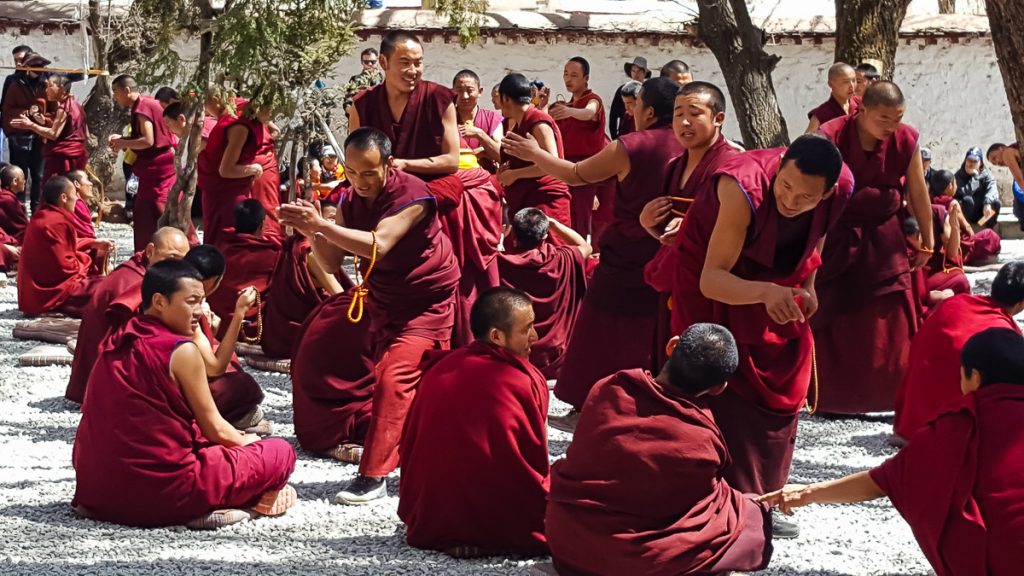
Meanwhile, the debate goes on. The polemics can go on for ages. I see the most involved subject launcher and I follow his “speech”:
DREPUNG MONASTERY
10,000 MONKS IN ONE PLACE!
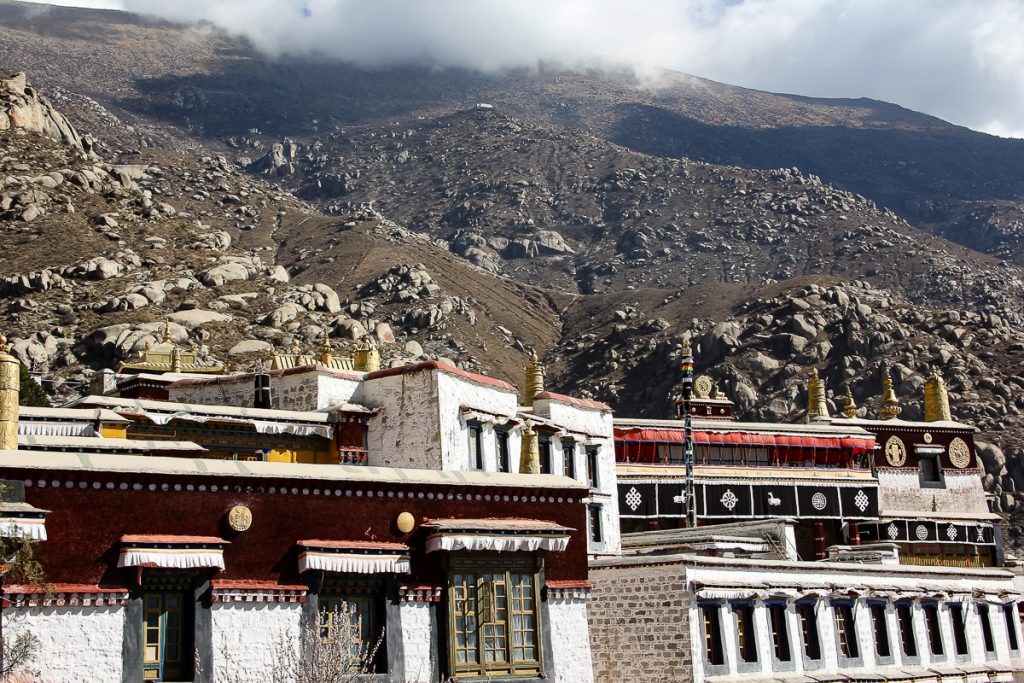
Very close to Lhasa, at 3,800 meters altitude, there is Drepung Monastery. This is the largest in Tibet and it was, for some time, the largest in the world!!! Here there used to be 10,000 monks at one time!!! (Now only a few hundred remained.)
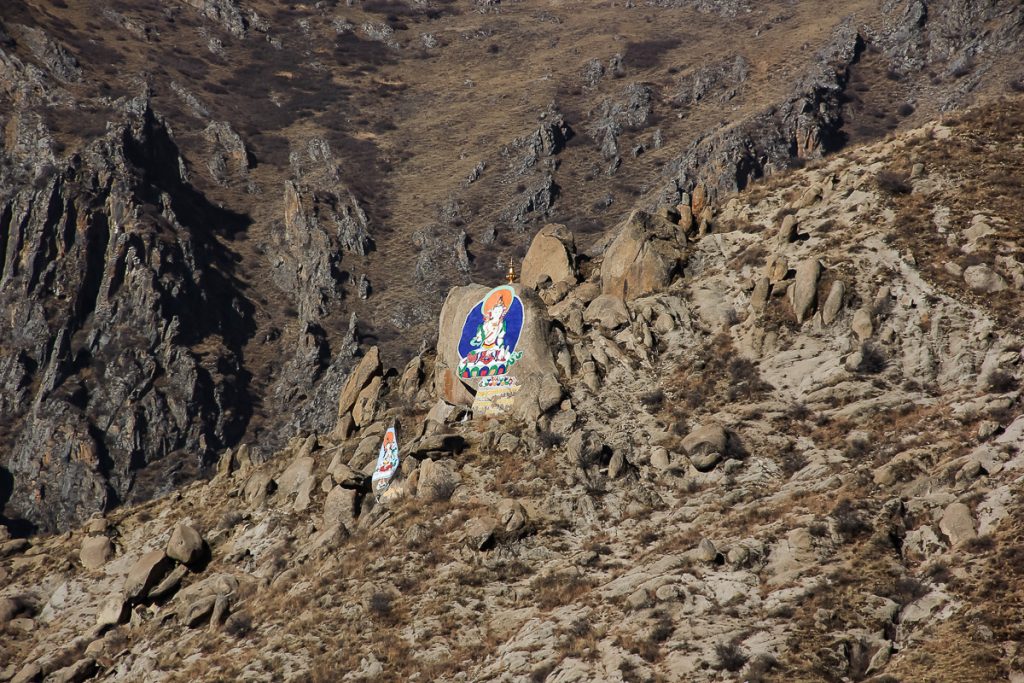
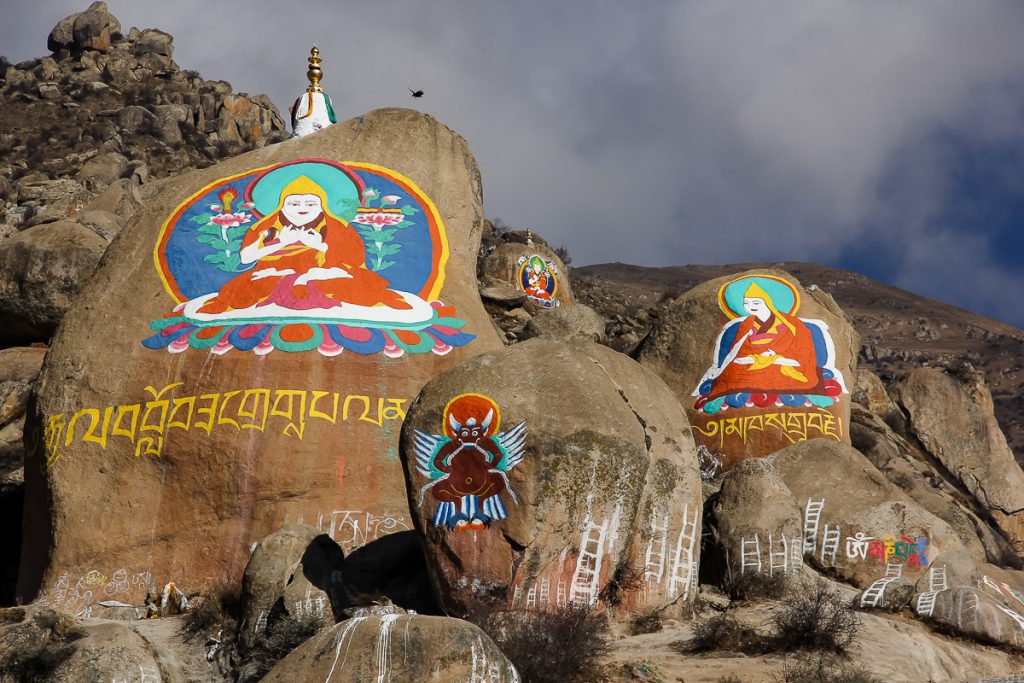
On the mountain of the monastery, there are some painted rocks that make me think that every monk is an accomplished mountain climber too…
Seriously now, I find out that this mountain is sacred, people think that lots of Buddhas lived here a long time ago and that is why they painted some of them or the masters on the rocks. The white ladder is for good luck.
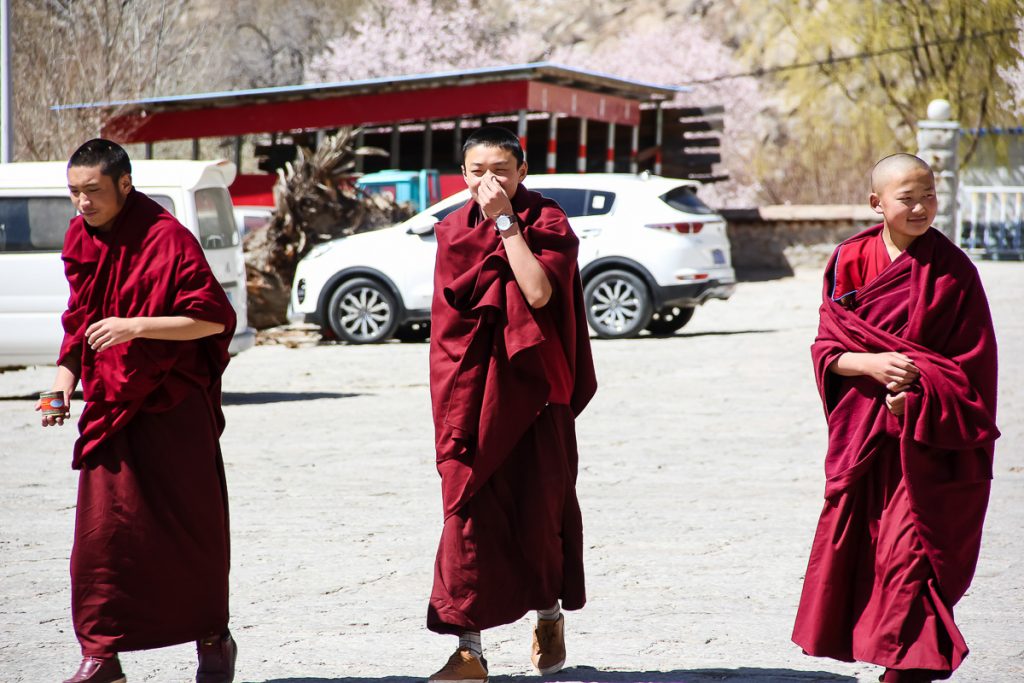
In Buddhist belief, you can start at a very early age the training to become a monk! That is you go to a monastery school. Later, you can decide to become a monk or to go home, take a wife and have as many children as you want…
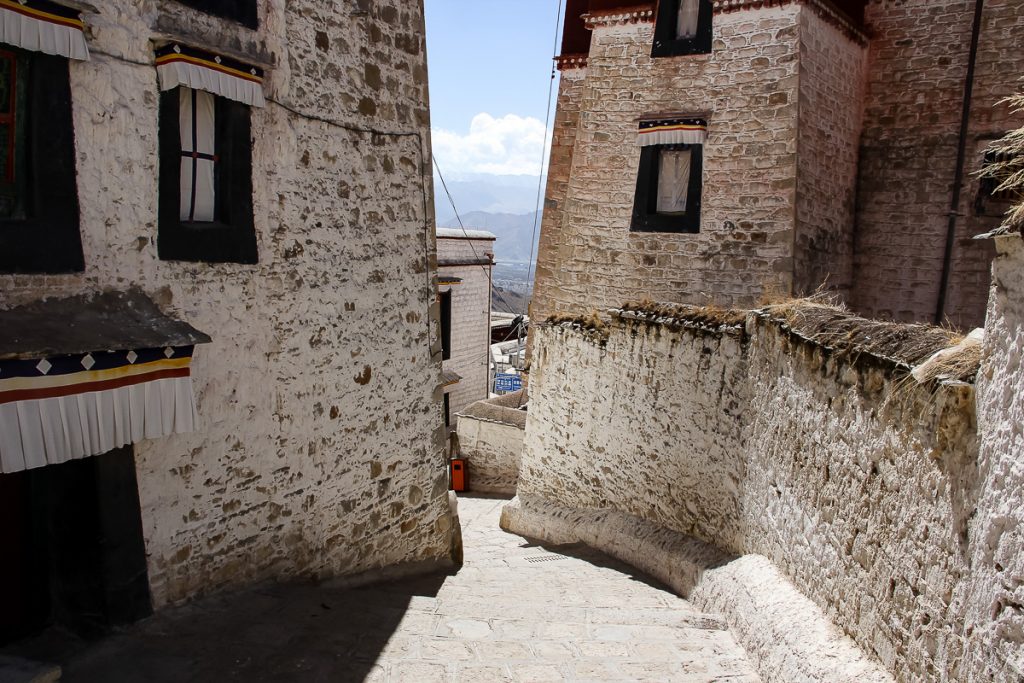
Going down on the alleys between the monks cells, I feel like in Greece, on the narrow streets between white houses. I only miss the sea here 🙂
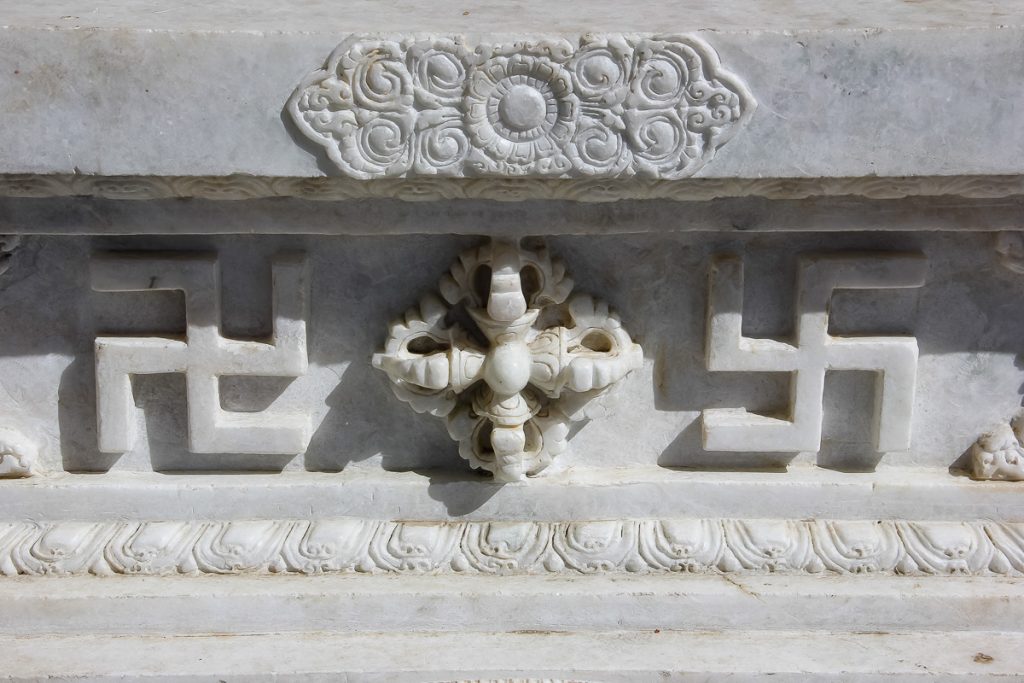
On one of the walls, I see the infamous swastika. I have to admit that only a few years ago, while visiting Hong Kong, I found out that the swastika, a symbol associated with the Nazis, is in fact a sacred sign in the Hindu belief and in Buddhism. It is a symbol for luck.
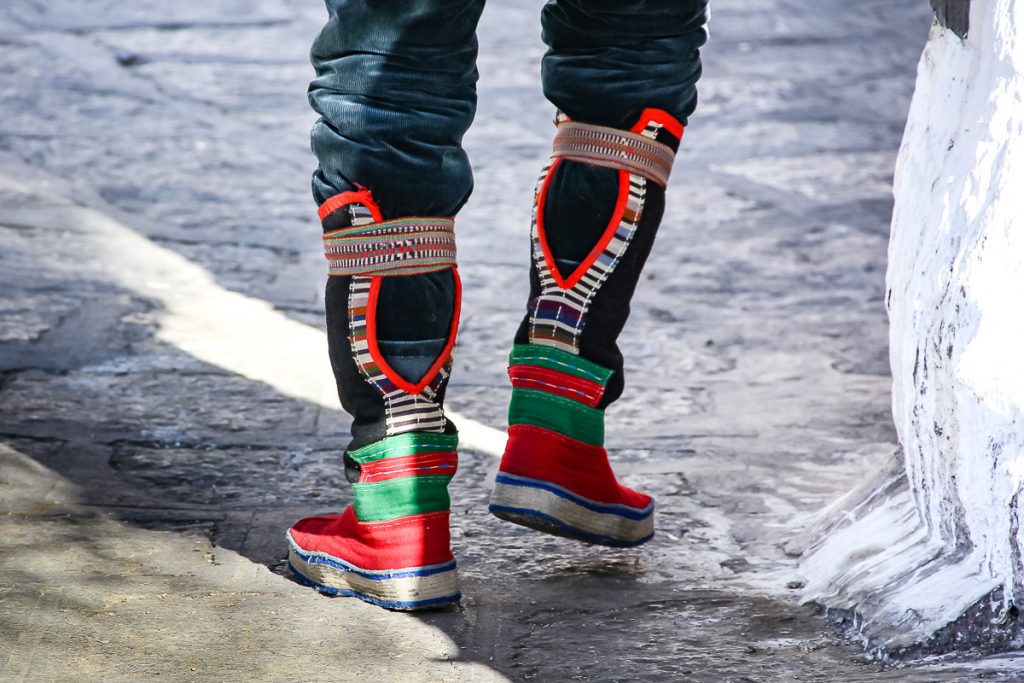
I see a local man and I notice his boots. I start asking… The boots are handmade by the Tibetans in the Ustang area (in the center). They are specific to that area and they are very light. And cool, if you’re asking me…
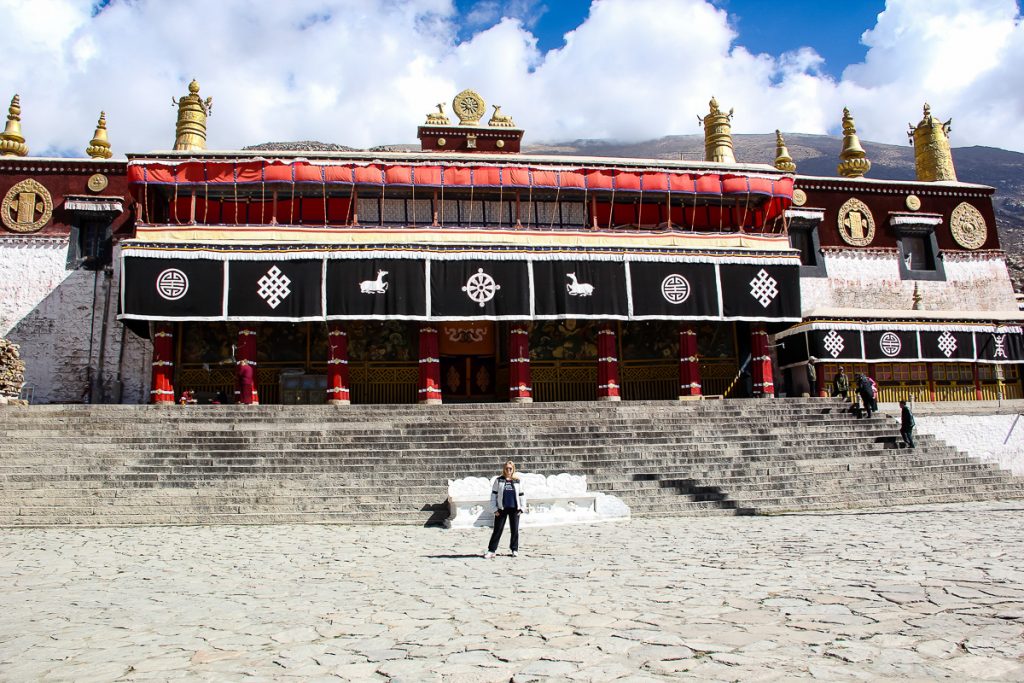
Behind me is the Great Meeting Hall from the Drepung Monastery, where thousands of monks could come at the same time (both inside and here, outside). I try to find an info on the internet, about the monastery. The Internet is precious here. It is the same all over China. There is no Google. So there are no gmail, no Facebook, whatsapp or anything… Just yahoo. Some time ago, Google pointed out the corruption among the Chinese leaders. Their fortunes and properties were made public. And, what do you know, Google was prohibited in China. Simple magic, and Google was no more!…
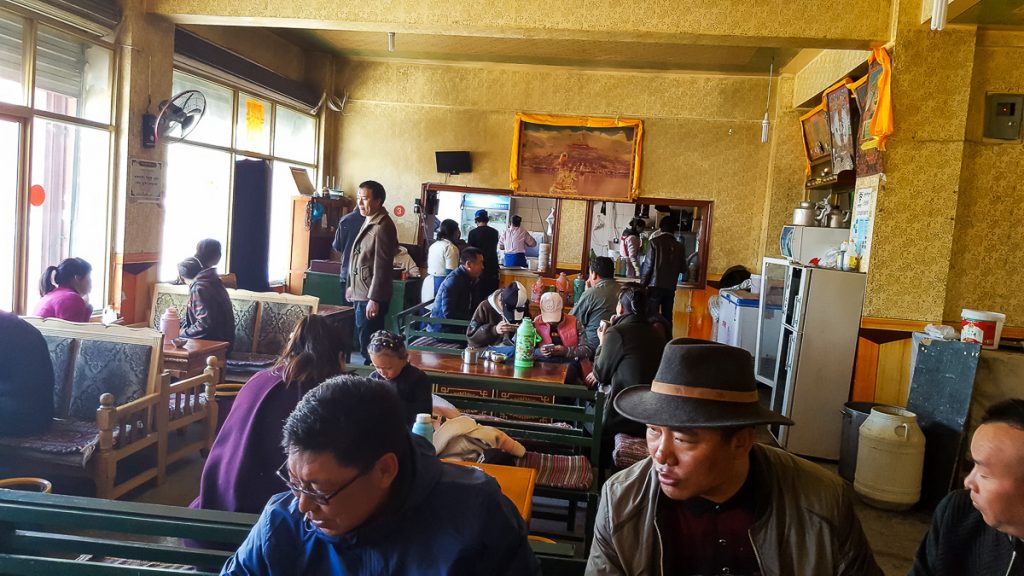
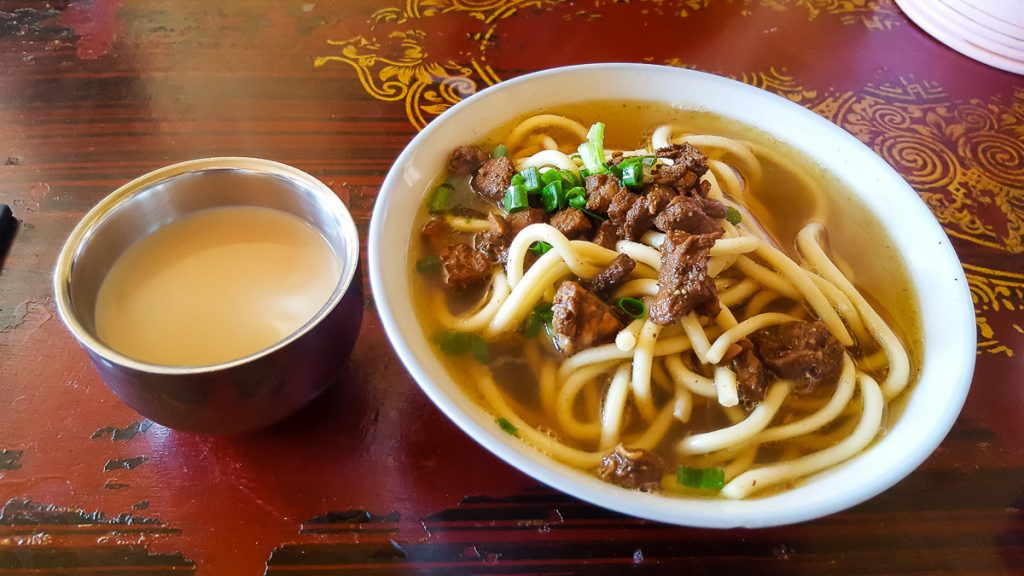
Starving after all the visiting, we go to eat in a tavern full of local people. We sit at the same table and I watch them eating from their bowls. (About more tibetan food, aici) I smile to the children from the other tables who look at me as if I were some strange thing… And I listen to a language that has nothing to do with Mandarin. It is the Tibetan language.
BUT… In Tibet the official language has been Mandarin for the last 15 years. Children study it in schools, all the manuals are in Mandarin. There is only one in Tibetan.
I find out something amazing: the Tibetans are iphone fans, because this is the only phone that allows them to write in Tibetan and this way they can communicate in their language over the phone.
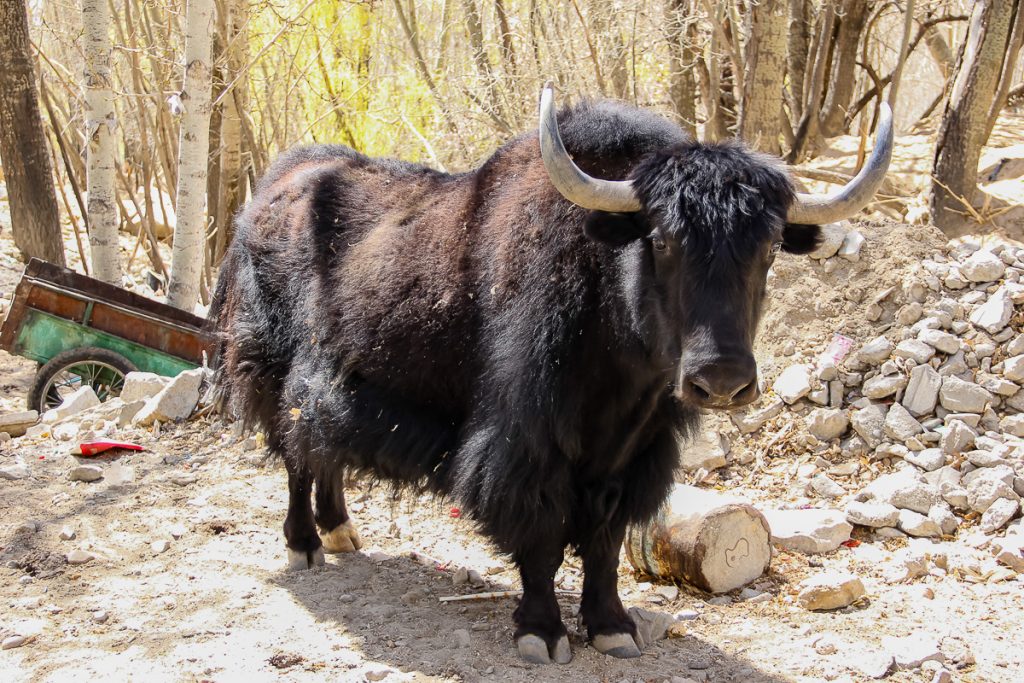
For the Tibetans, the saying “speak of the devil” should be “speak of the yak” 🙂 I have just eaten some yak meat and here is its still alive relative…
This is a domestic yak, but I have been advised not to be too close to it, as in the cuteness department it does not really stand next to the Maltese bichon…
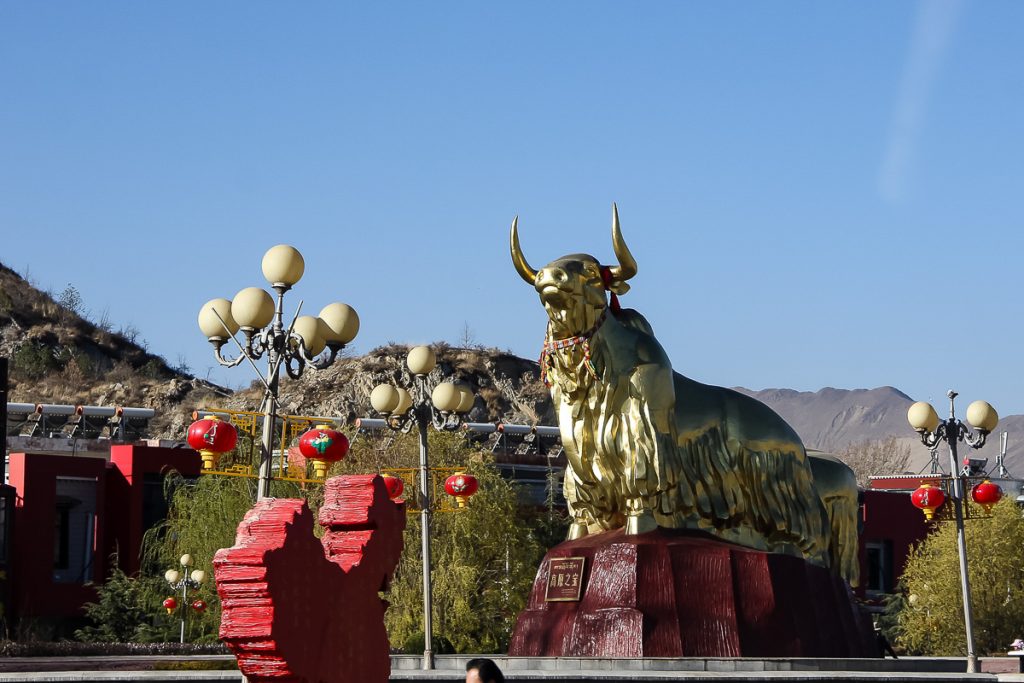
In town, the yak has a monument too. It is brighter than the sun… I wonder… Do we have in Romania a monument dedicated to the sheep?
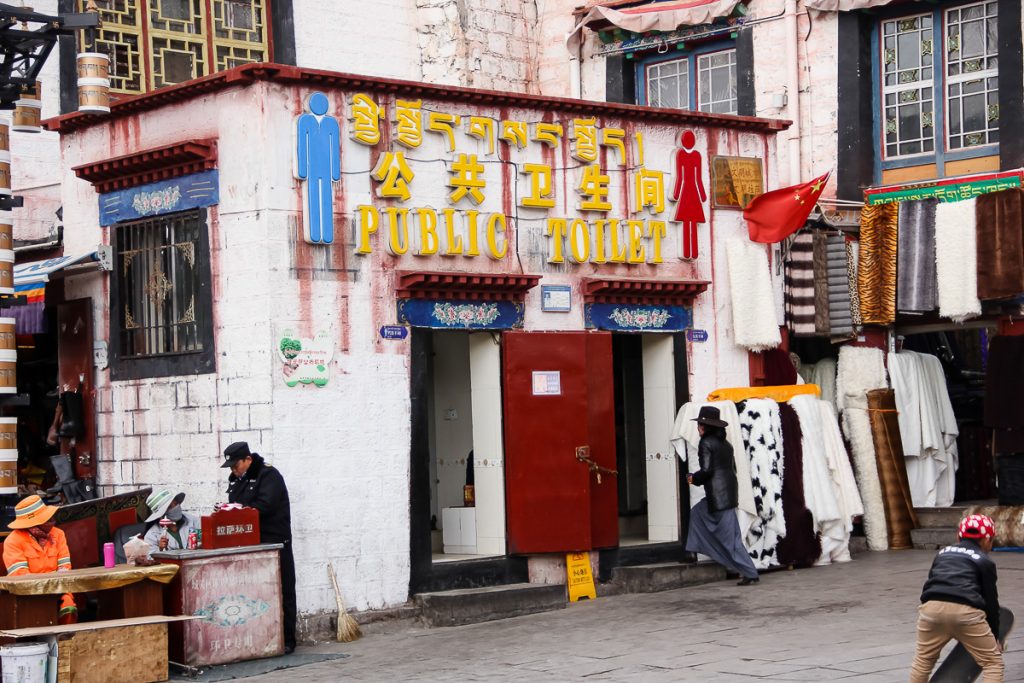
No meal without a visit afterwards! 🙂
I could really make a guide about the toilets in Tibet haha. The first recommendation would be: “ALWAYS CARRY SOME TISSUES WITH YOU!”. I have finished all my tissues and now I take some from the breakfast table, so that I have some with me. There is no toilet paper in any toilet no matter if it is a public one or in a restaurant, in a city or on the mountain top. Don’t ask me how they manage and what they use. I have never asked… But I found out something very very unusual about this, that I will tell you about in the “Ready for Everest???” post, here.
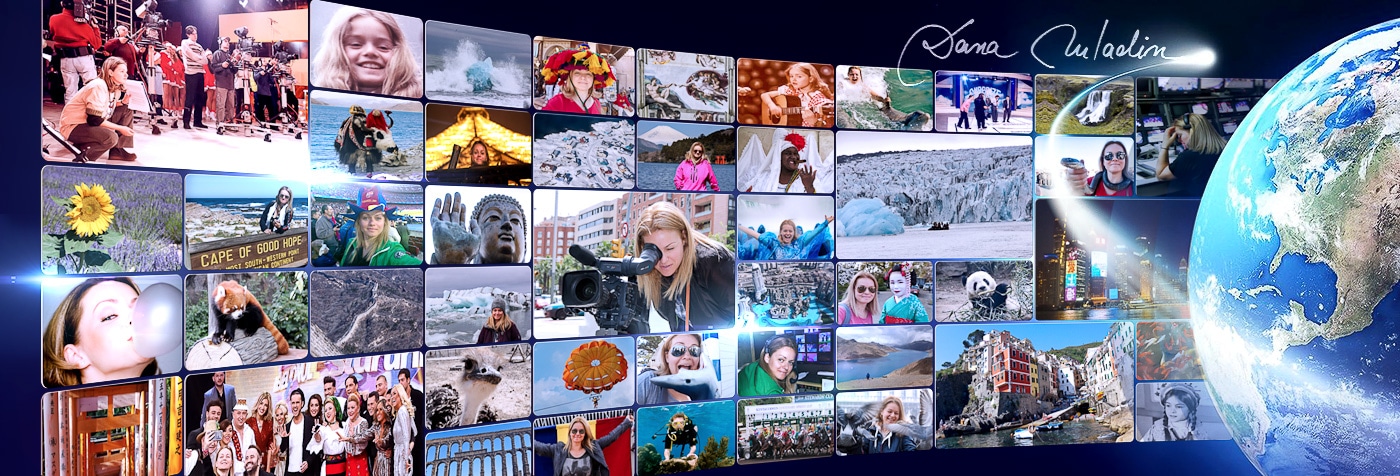

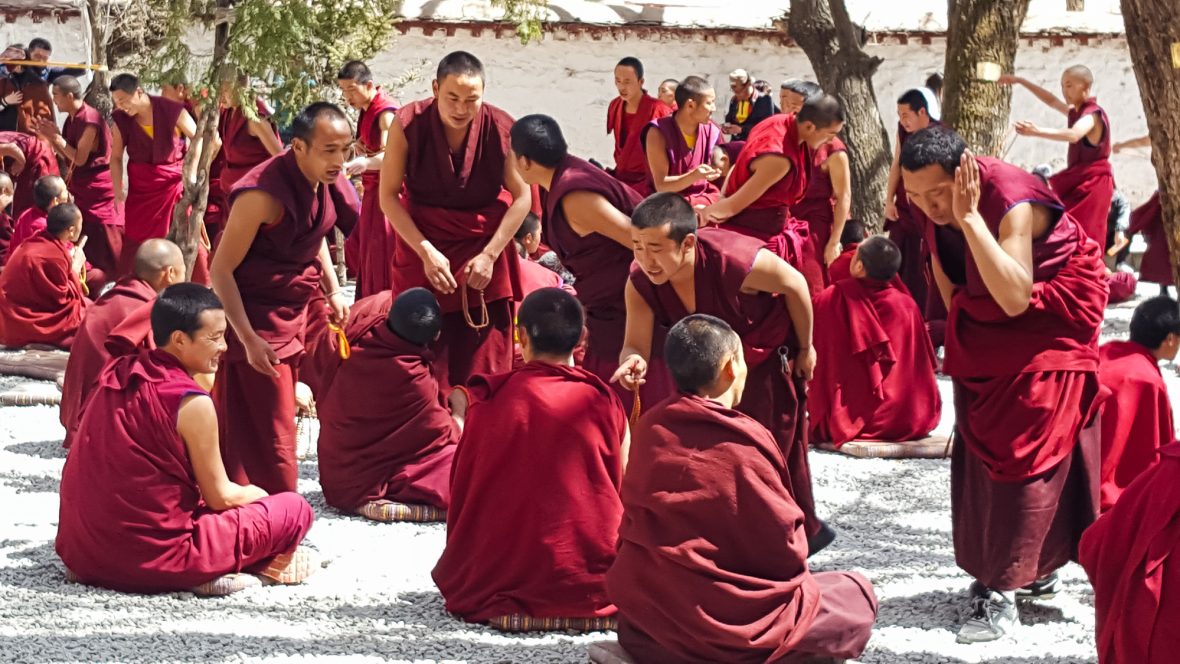
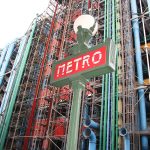
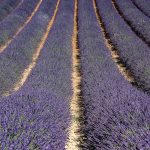
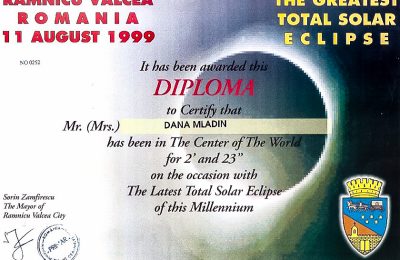
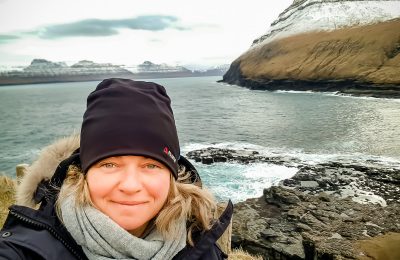
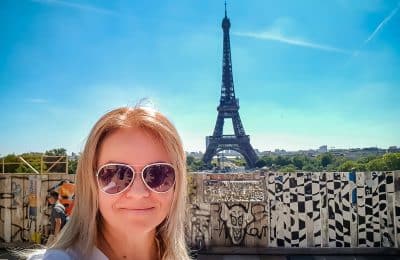
2 Comments
Calator
9 December 2019 at 23:51TIBET – SPECTACOLUL CALUGARILOR (partea 3/5) este unul din cele mai bune
articole despre calatorii pe care le-am
gasit. Tine-o la fel si du-te mai departe cu asemenea detalii.
Multumesc!
Dana Mladin
10 December 2019 at 21:00Multumesc mult pentru apreciere! Imi place sa scriu povestile mele din calatorii, desi inteleg ca, pentru online, e nevoie de informatie, mai mult decat de poveste…